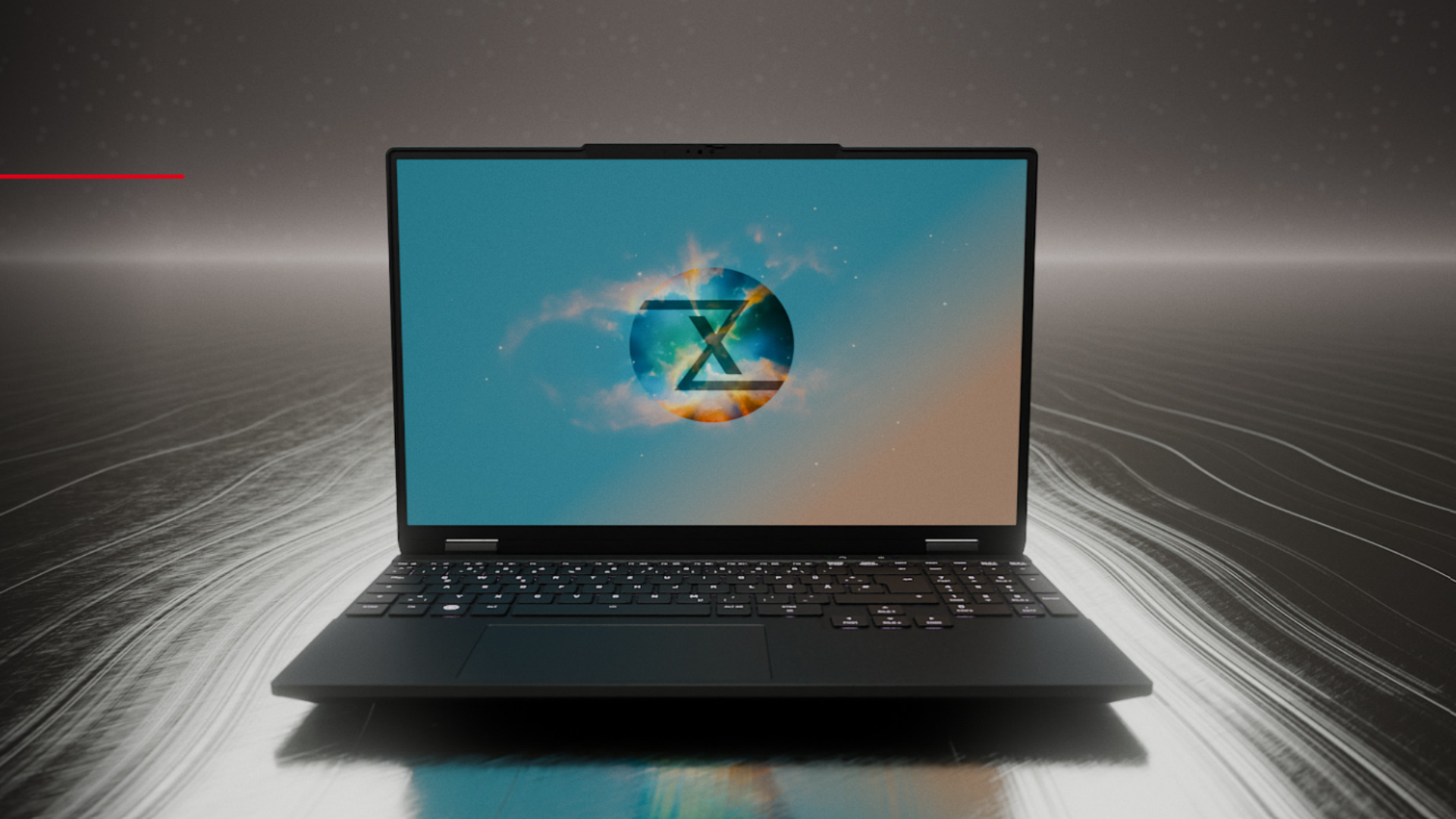Top Linux PC maker drops plan for SnapdragonX Elite-powered notebook - says hardware was "less suitable than expected."
Battery life, high-speed USB4 transfer, and other features face issues

- Tuxedo cancels Snapdragon X Elite Linux notebook after 18 months of development struggle
- First-generation X1E chip failed to meet Linux distros' compatibility expectations
- BIOS updates, fan control, and KVM virtualization remain unsupported under Linux
Tuxedo Computers has canceled its plan to release a Linux notebook powered by Qualcomm’s Snapdragon X Elite after eighteen months of development.
The company stated that the first-generation X1E chip proved less suitable for Linux distros than anticipated.
While video decoding is technically possible, many applications lack the necessary support, and features such as BIOS updates and fan control cannot currently be implemented under Linux.
Limitations in virtualization and data throughput
The issues apparently emerged despite significant engineering effort, including attempts to optimise power management, firmware processes, and device-specific drivers.
The anticipated long battery life, one of the primary advantages of ARM devices, failed to materialize in testing, creating further challenges for deployment.
Tuxedo also noted virtualization with KVM is not feasible on the X1E, limiting the notebook’s utility for workloads that require virtual machines.
High-speed USB4 transfer rates could not be achieved, reducing performance for external peripherals and storage devices.
Sign up to the TechRadar Pro newsletter to get all the top news, opinion, features and guidance your business needs to succeed!
These technical shortcomings mean that the device cannot deliver the expected user experience for desktop Linux users.
"Development turned out to be challenging due to the different architecture, and in the end, the first-generation X1E proved to be less suitable for Linux than expected," Tuxedo said.
While it could theoretically continue development, the pace of hardware advancement means such efforts risk delivering a product that is outdated upon release.
The company pointed out that the Snapdragon X2 Elite is expected in the first half of 2026, and any more time spent means an older chip and lower relevance of the notebook, noting, "we would be offering you a device with what would then be a more than two-year-old Snapdragon X Elite (X1E)."
If the X2 Elite resolves the limitations seen in the first-generation chip, Tuxedo may consider restarting development on a refreshed notebook.
Tuxedo said it will monitor the X2 Elite architecture to determine if development can resume when the new platform offers stronger Linux support.
But no firm commitments have been made, and the company emphasized that any plans would depend on evaluating the new chip’s capabilities.
Tuxedo has historically focused on building Linux-compatible devices, including desktop PCs and mobile workstations.
The company also produces mini PC systems that run Linux distros, demonstrating expertise in ARM-independent hardware designs.
While Snapdragon X Elite did not meet expectations, Tuxedo’s broader catalog of Linux-ready systems remains available.
Tuxedo has not ruled out future collaborations, yet its experience suggests that expectations for rapid progress may be premature until newer SoCs demonstrate stronger compatibility.
Via Windows Central
Follow TechRadar on Google News and add us as a preferred source to get our expert news, reviews, and opinion in your feeds. Make sure to click the Follow button!
And of course you can also follow TechRadar on TikTok for news, reviews, unboxings in video form, and get regular updates from us on WhatsApp too.

Efosa has been writing about technology for over 7 years, initially driven by curiosity but now fueled by a strong passion for the field. He holds both a Master's and a PhD in sciences, which provided him with a solid foundation in analytical thinking.
You must confirm your public display name before commenting
Please logout and then login again, you will then be prompted to enter your display name.